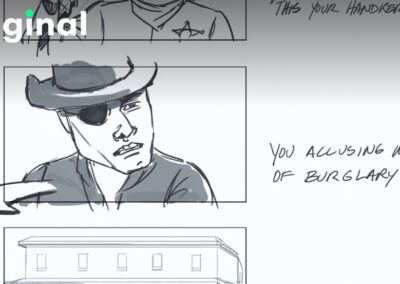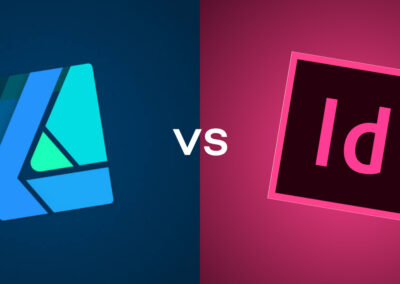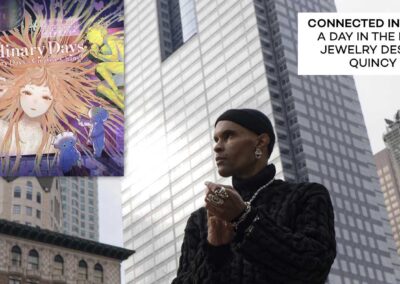As part of Wacom Creativity Camp, we’re excited to host Stan Prokopenko from Proko for a webinar on July 27th.

“Stan Prokopenko was born in Odessa, Ukraine during Chernobyl, which explains his superpowers. Stan has always enjoyed creating, whether it’s an animation, a website, a painting, a video, a lame joke, or a business.
However, Stan heard whispers that the world was in need of a new kind of art hero. With this in mind, he embarked on a journey to grow his online education mega conglomerate, Proko, by offering the funniest and most informative video tutorials on drawing, painting, anatomy, and the ways of a true artist!”
At the bottom of this post, you’ll see all of the information about the event and a link to register.
First, however, we chatted with Stan about his work, how he got into teaching art, and what interested folks can expect as they look forward to his webinar next week!
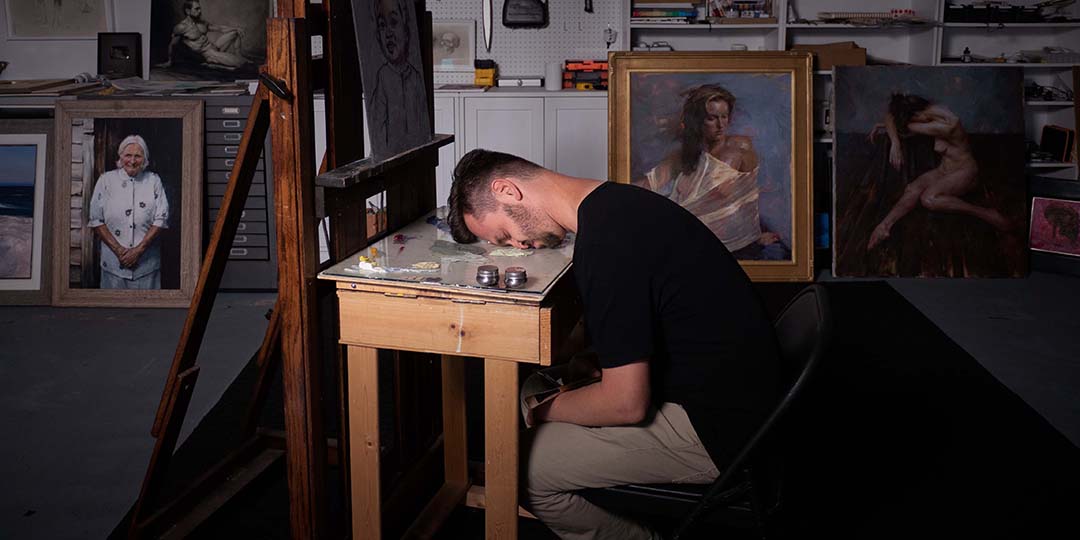
You graduated from art school, and almost immediately started teaching other students – and then eventually turned it into your career. Was teaching always your passion, or did you just fall into it?
Looking back, there were definitely some early signs that I wanted to be a teacher. In elementary school I would come home and make lessons to teach my mom what I learned that day. She played along. I had a natural urge to share knowledge. And my mom was a teacher too, so maybe that had something to do with it?
When I was a student at Watts, I would try to help out other students who were newer than me. I think the owner of the school, Jeff Watts, noticed it and invited me to teach. I was 20 at the time, so there’s no way I was qualified, but the pressure made me practice demonstrating at home and do everything I could to not make a clown of myself.
Speaking of art school, would you recommend young artists pursue art school in 2023, or are there enough other resources now – like Proko – that make going to art school unnecessary?
Deciding whether or not to go to art school is a big choice, and it really depends on what you want to do, how you like to learn best, and what options you have available. Art schools do still have some nice perks to consider:
Art schools give you a full program that covers different art subjects and techniques. This helps build a solid artistic foundation and exposes you to different perspectives on art. Being immersed in an art school lets you connect with other artists, get feedback from teachers, and collaborate on group projects. This creative environment helps you develop as an artist, network, and feel part of a community.
The teachers at art schools provide personalized critiques, guidance, and mentorship. Their expertise and working with you one-on-one can be super valuable for improving your skills and finding your artistic voice. Art schools often have access to special resources, studios, tools and materials you may not find elsewhere. This opens up more creative possibilities to explore different mediums.
Graduating from a well-known art school can give you a degree or certificate useful for certain careers or opportunities. Art schools often have connections in the art world too, helping you network and exhibit. Generally though, in the art world the portfolio is much more important than the certificate.
Alternatives like Proko offer convenience, flexibility, and tons of instruction and are much more affordable. They can work if you prefer self-directed learning, are on a budget, or want to focus on specific interests without a full program. And of course a combination works too. Go to school, and supplement it with online resources (online courses are kind of like books).
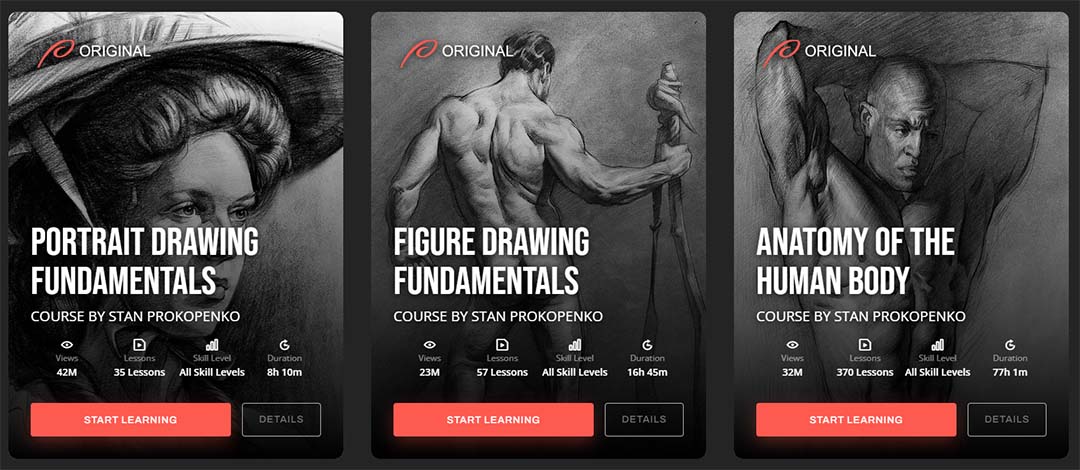
What are some of the benefits and/or drawbacks to different types of learning?
In-person teaching is super personalized and direct, with instant feedback. You can ask questions and get answers right away. You can also build stronger relationships with your teachers and classmates, allowing you to start networking way before you need to get a job. But it may lack the polish of produced online videos, and these classes might not be available to everyone. They’re also the most expensive.
With live online classes or webinars you get real-time interaction but with the convenience of joining from anywhere. While you get immediate feedback and engagement, it can feel less personal with the instructor talking to a bigger audience. Webinars are too short to develop relationships, and are usually still expensive.
Pre-produced courses, like the ones we offer at Proko, let you learn through meticulously planned lessons. You can go at your own pace and revisit stuff whenever you need. You have the community area to interact, get feedback, and are sometimes lucky enough to be included in a video critique. These classes are much more affordable, but they lack that live interaction.
Again, combining these methods is often most effective. For example, you can use pre-recorded lessons to get the fundamentals and techniques down, then supplement with live classes for valuable feedback and personal interaction.
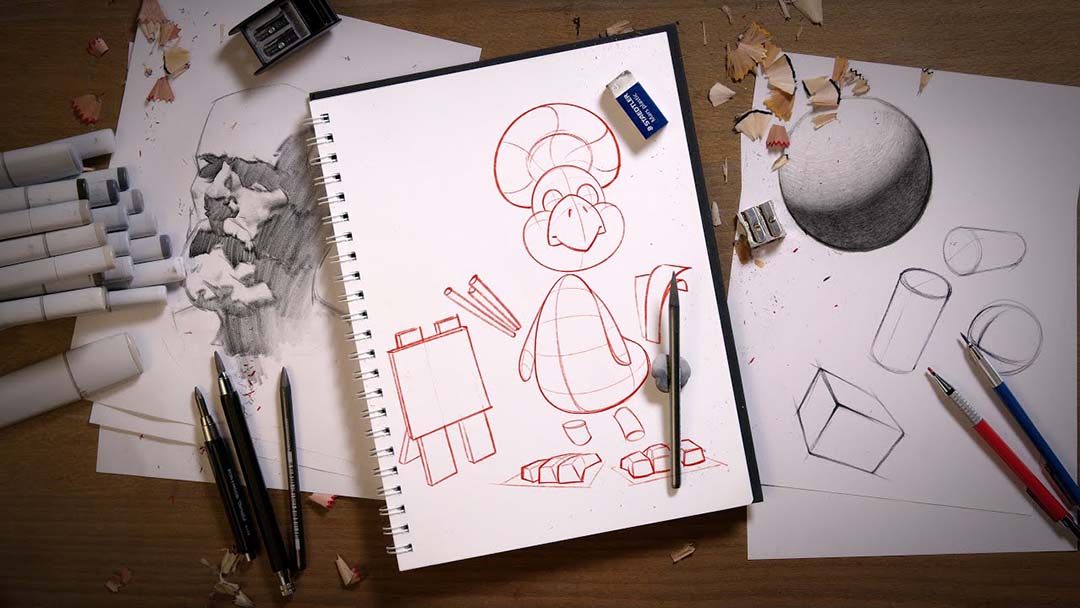
Many young artists today get started with digital art and might never learn traditional art skills like painting on canvas or drawing with charcoal. Do you think it’s important to do both?
I would say, “follow your gut!” If you’re really passionate about traditional and just love the feeling of a brush on canvas, then do what you love. If you’re more tech inclined, then go ahead and stick to digital. I don’t think traditional vs digital matters when it comes to learning the fundamentals. And after that, you develop your style based on your preferences.
I had a traditional education, and I’m glad I did. I’m comfortable with just a sketchbook and pencil in my backpack and some people predict traditional art might be more valuable in the age of AI art.
Currently digital art is the norm for working in movies, video games, and entertainment, and you can try different things without worrying about wasting materials. Digital skills are essential for many art careers nowadays, even if you primarily work with traditional.
So while you can focus on one or the other, combining traditional and digital is the strongest way to go.. I think learning digital tools after a traditional foundation is easier than the other way around.
At the end of the day, remember these are just tools to express your creativity. It’s up to you to decide what fits your personal style and goals best.
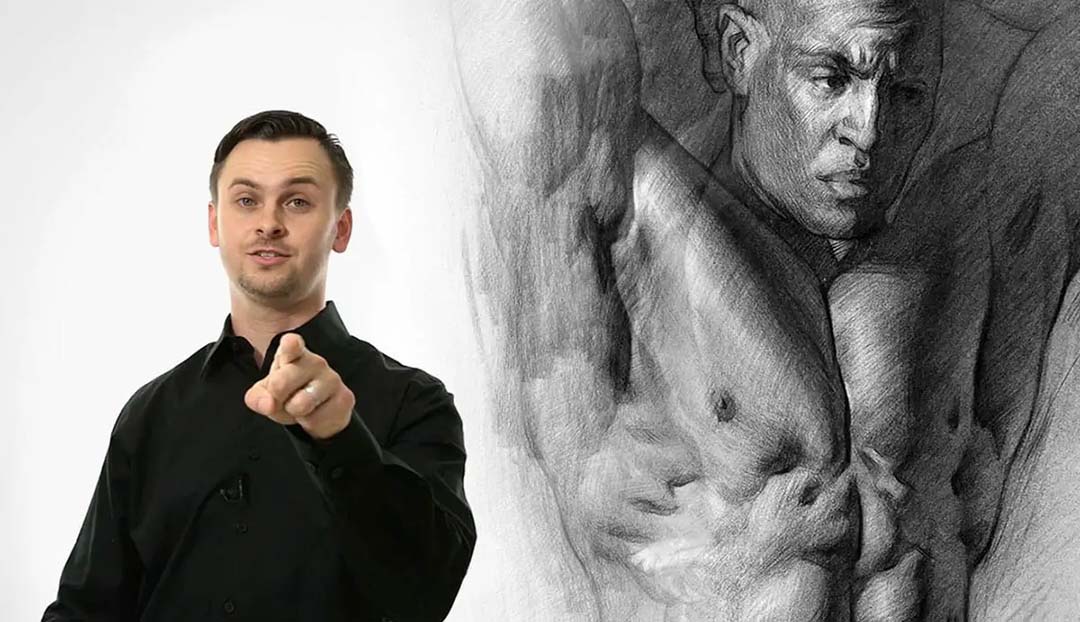
Is there a benefit to slowing down and starting with the basics, like anatomy or other foundational skills?
Starting with the basics and building strong foundations in art skills is super helpful. Learning fundamentals like the basics elements of the visual language (line, shape, value, edge, color), anatomy, composition, and perspective gives you the framework to make your ideas come to life in a believable way. Once you’ve got those basics down, you unlock a world of artistic styles and genres, and you’ll be able to adapt your skills to any subject or medium.
With that said, I recommend my students always have personal projects they’re working on that utilize the new things they’re learning. Incorporating them into your own projects reinforces the concepts much more than doing warm up exercises. Your brain is less likely to forget that info. When we work on something that we’re genuinely excited about, it helps to keep us motivated and engaged in our art practice. If you just do homework all the time, you might lose the passion for it. You might forget why you wanted to become an artist in the first place.
Personal projects can also inform you of what you should study next. If you have a practical purpose for learning a concept, you’ll learn it more effectively.

The topic of your webinar is “Simplifying Shape Design.” Why did you choose this topic, and what will the webinar be about?
The lesson will be all about designing characters using basic organic shapes. I’ll start by studying the reference, and simplify an animal portrait down to 10 shapes or less. Then I’ll modify those simple shapes to play with proportions and personality of the character.
Breaking complex forms into basic building blocks is great for training your mind to analyze and reconstruct things. Limiting yourself to just 10 organic shapes forces you to really think about the core of your subject and how to show it in the most minimal way. It’s a super helpful design thinking exercise for artists of all levels. I’m excited to walk you through this during the webinar and show you how powerful simplicity can be!
Who should attend your webinar, and what can attendees expect from it?
If you’re a beginner learning about shapes, or an intermediate artist looking to improve your character designs with simplicity, you should join this webinar!
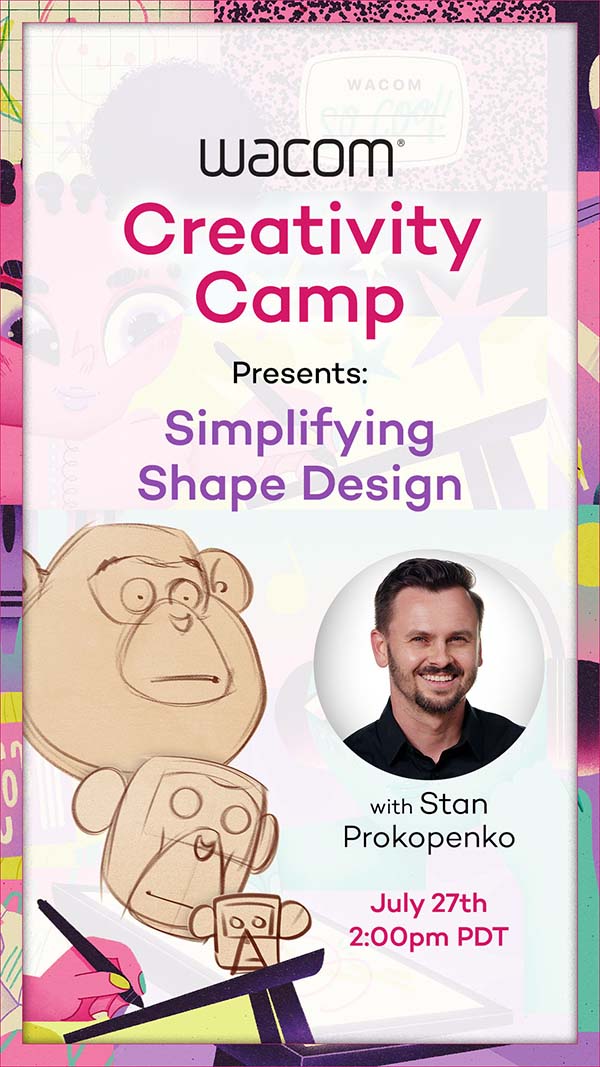
About the Webinar
Whether you’re a beginner or a pro, everyone can improve their drawing skills. Stan Prokopenko from Proko, one of the premier online hubs for art education, has a great tutorial for you no matter your skill level: “Simplifying Shape Design.”
In this live session, you’ll learn to find the underlying shapes in any subject you want to draw, how to simplify them, and finally how to piece them together to build the complex structure of your subject. Don’t miss out on this exciting opportunity to learn from a master and ask questions along the way.
Location: Online on Zoom
Date and Time: July 27th, 2023 – 2:00pm PDT
Link to register: Click here!
Learn with Proko

Can’t make the webinar, or want to continue your learning? Proko has a variety of art classes about virtually every subject: Portrait drawing, anatomy, and much more.


